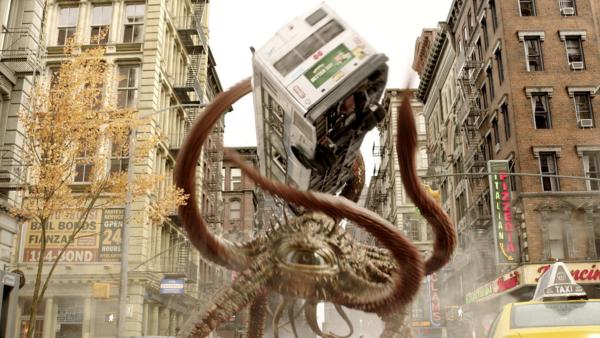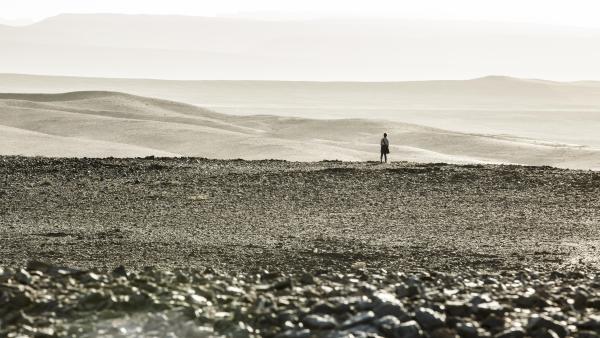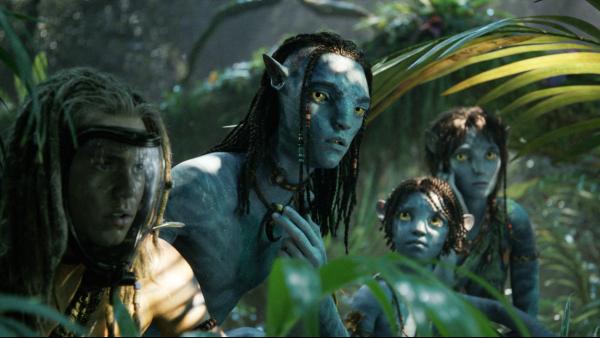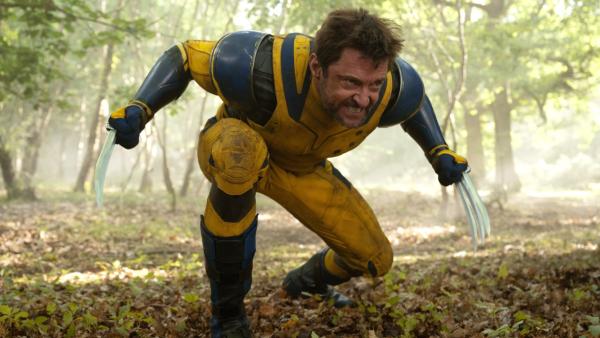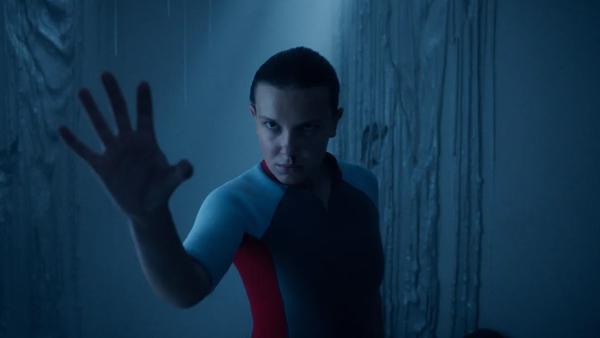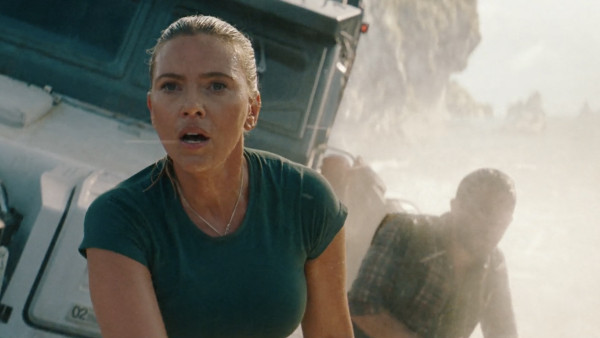
Movies / News
'Jurassic World Rebirth' Gets A Terrifying Reality Check From Cloning Scientist
The new installment raises important questions about the possibilities and risks of bringing extinct species back to life.
22 years after the first Jurassic Park film, a new installment arrives: Jurassic World: Rebirth. The big question being raised is: Is it wise to bring extinct animals back to life? Many viewers are wondering if it is still technically possible. Fortunately, there is a cloning scientist who has checked this.
In Steven Spielberg's first film, it quickly became clear how dangerous it is to clone dinosaurs. Dr. Ian Malcolm warned that scientists didn't sufficiently consider the consequences. But the key question is: How far can we go with technology to bring dinosaurs back to life?
Scientist Ben Lamm previously made headlines by resurrecting ancient animal species. Regarding the cloning of dinosaurs, he states: "We are now at a point where artificial intelligence and genetic technology are working together. But there is no dinosaur DNA left, because DNA breaks down quickly."
He further comments on the chances of a return: "The oldest DNA we have is 1.2 million years old from a mammoth. So I don't want to rule it out, but I don't think we'll ever find complete dino DNA."
In Jurassic World: Rebirth, a group of people ventures into the jungle to collect genetic material from dinosaurs. According to Lamm, some aspects of the film are scientifically accurate. The dinosaurs are often not 'real,' but genetically engineered super dinosaurs. While this may seem exaggerated, some techniques actually align with how science operates.
In Steven Spielberg's first film, it quickly became clear how dangerous it is to clone dinosaurs. Dr. Ian Malcolm warned that scientists didn't sufficiently consider the consequences. But the key question is: How far can we go with technology to bring dinosaurs back to life?
Related news
Reality Check
Scientist Ben Lamm previously made headlines by resurrecting ancient animal species. Regarding the cloning of dinosaurs, he states: "We are now at a point where artificial intelligence and genetic technology are working together. But there is no dinosaur DNA left, because DNA breaks down quickly."
He further comments on the chances of a return: "The oldest DNA we have is 1.2 million years old from a mammoth. So I don't want to rule it out, but I don't think we'll ever find complete dino DNA."
Real Super Dinosaurs
In Jurassic World: Rebirth, a group of people ventures into the jungle to collect genetic material from dinosaurs. According to Lamm, some aspects of the film are scientifically accurate. The dinosaurs are often not 'real,' but genetically engineered super dinosaurs. While this may seem exaggerated, some techniques actually align with how science operates.

